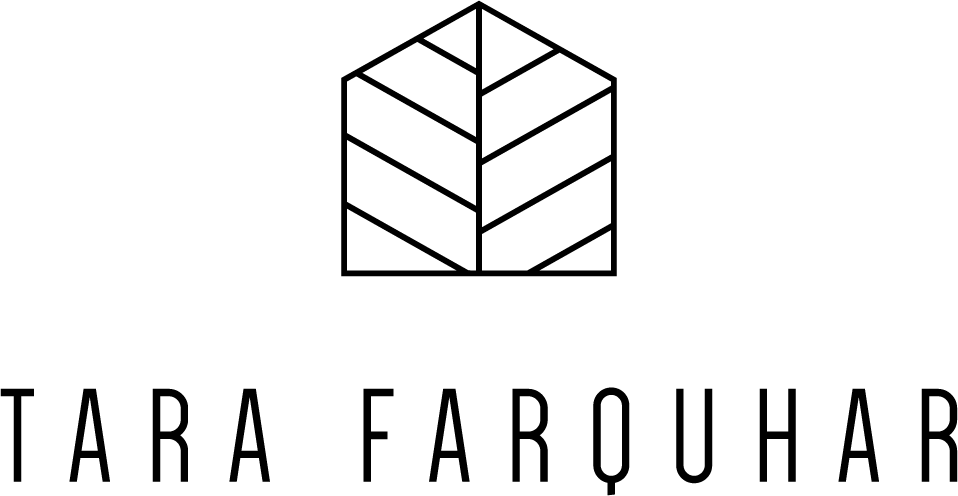Why buy and how to plant bare root plants - by Jenny Mandt, Owner of Garden Coaching Solutions
Many of you have purchased plants from garden catalogs thinking that you were going to get this lush, green thriving plant from the grower, only to find that you got a moist bag with what looks like sticks in it? These are bare root plants that have been dug up from the field, packed in a bag and sent to you. You can receive a lot of different types of plants, trees and shrubs in this fashion. But did you know that this is the most inexpensive and successful way to get your plants? I’ll be talking about the benefits of getting bare root plants and why they can be so successful in your garden.
There are quite a few benefits of buying bare root plants. One of them is that they are lighter and easier to handle. Because they are not in pots (which by the way someone has to plant for you), they don’t cost as much and you get a chance to inspect them to make sure they don’t have any kinked, damaged or rotten roots. If they do, you can trim them off. If there is a real problem, you can send them back to the company. Another benefit is that they don’t have to transition from one type of potting soil inside the pot to soil to the soil in the hole that you plant it in. You can buy a wide variety of perennials (plants that come up year after year) this way. Resist leaving them in the bags they come in though as they can shrivel up and die in there.
If your plant comes packed in sawdust, you can put that in the hole when you plant the plant. If it comes in a box, you’ll need to remove that plant from the box, you don’t want to prevent the roots from growing and spreading once it’s been planted. The best time of year to plant bare root plants is when the ground has thawed and before you start to see any green on the bare root plants. If you’re not ready to plant your plant yet, you can keep it in a cool dry place making sure the packing material that it came in stays moist.
Planting bare root plants is pretty straight forward. Before you plant, soak the roots in a bucket of water for a couple of hours to rehydrate the roots. As you dig a hole, make sure to incorporate about 1/3 as much compost as the native soil you dig out of the hole. When you plant, make sure the tops of the roots are just below the surface of the soil. Take the water that you used to soak the plant in and soak the hole with the plant in it, lifting the plant up and down in the hole to get rid of any air pockets in the soil. Bare root plants roots grow much faster than already planted plants so you’ll see results more quickly! Bare root plants need evenly moist soil (consistent moist when you stick your finger in the soil, there should be soil that comes off on your finger and the soil looks darker) for at least a couple of weeks.
If you buy bare root plants in the future and we experience a snowy winter like we did this year, you can plant your plants in gallon size pots. Keep them moist and bring them outside if it’s not too cold and return them inside an unheated garage until the ground warms up. Then they can be planted directly in to the ground.
As you can see there are many benefits to planting bare root plants, you might not want to buy a plant in a pot in the future! Plants like roses, grapes, berries, flowering shrubs and trees can be purchased in this fashion and grow beautifully with very little effort and not a huge budget.
Need help with your garden? Mention this article and I’ll give you 10% off our consultation. My website is https://gardencoachingsolutions, email me at jenny@gardencoachingsolutions.comor call 206-915-0585. Happy Planting!



